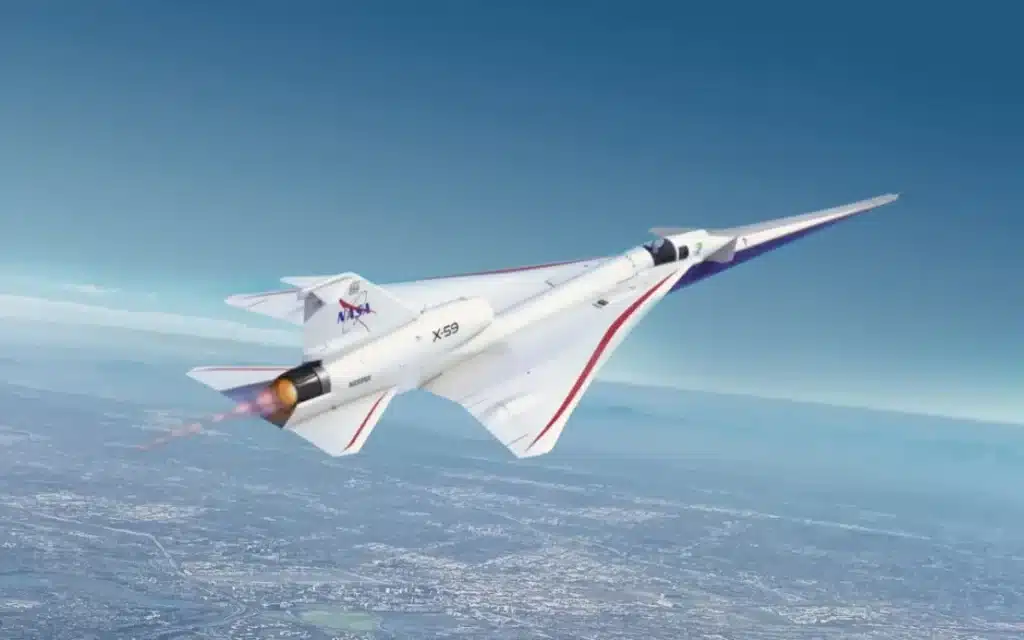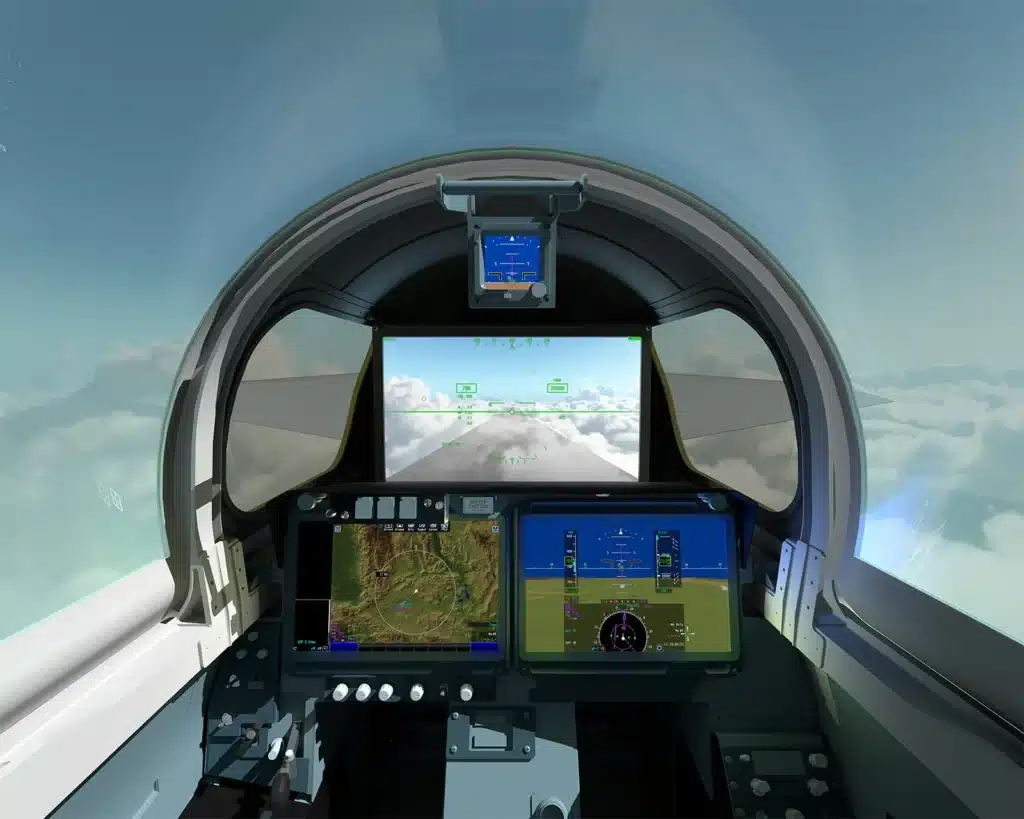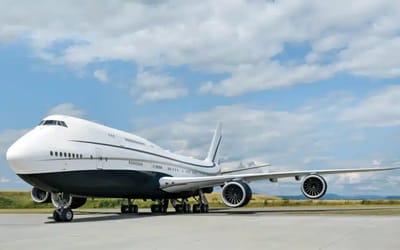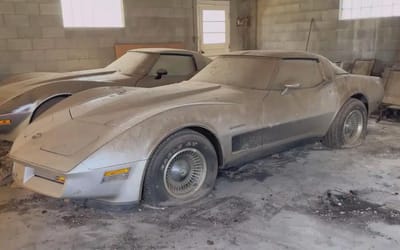America to fly the first plane with no forward-facing windows in a century
- The first aircraft with no forward-facing windows was the Spirit of St. Louis
- It was part of one of the most iconic moments in aviation history
- NASA is planning to do the same but at a significantly higher speed
Published on May 21, 2024 at 12:03 PM (UTC+4)
by Nalin Rawat
Last updated on May 22, 2024 at 12:09 PM (UTC+4)
Edited by
Tom Wood
NASA is getting ready to fly America’s first plane with no forward-facing windows since the Spirit of St. Louis.
It has been a century since an aircraft like this has taken flight, the last one being the Spirit of St. Louis in the 1920s.
Anyone with even the slightest interest in aviation will know about the historic flight.
READ MORE! Residents of this town in California park airplanes in front of their houses instead of cars
In the infancy of aviation, Charles Lindbergh completed the first solo non-stop transatlantic flight.
He performed the feat using the custom-built, single-engine, high-wing monoplane, the Spirit of St. Louis.
What’s interesting about this aircraft was that it was the first plane to take flight with no forward-facing windows.
It was due to the plane’s main fuel tanks being installed in the forward section of the aircraft.
Although the plane did have two side windows, which Lindbergh used to get his bearings.

Fast forward a hundred years, and NASA is planning to do the same, but at a significantly higher speed.
Currently, NASA is working on X-59, a quiet supersonic plane that can fly at Mach 1.4 (925 mph/1,488 kph).
The X-59 quiet supersonic plane has a unique design to not produce sonic booms.
Due to its unique design, it also doesn’t have any forward-facing windows.
Instead, the plane features a set of cameras and sensors feeding images to a 4K monitor installed in front of the pilot.

NASA calls this technology eXternal Vision System (XVS).
The system uses two cameras installed on the upper and lower sides of the plane.
It will be the first plane to use a system like this, so NASA is carefully testing it before the first flight of the X-59.
With more and more airlines planning to make their own supersonic planes, it seems like this technology might come in handy in the future.
# Tags - Aviation, NASA, Supersonic plane

Nalin Rawat
Nalin started his career by working with various national newspapers in India. He has also worked as a writer/editor for many popular websites, while still pursuing his journalism and mass communication degree. Working as a digital nomad has allowed him to inform and educate through his work. When he is not writing, you can find him playing video games or travelling the mountains on his bike.




